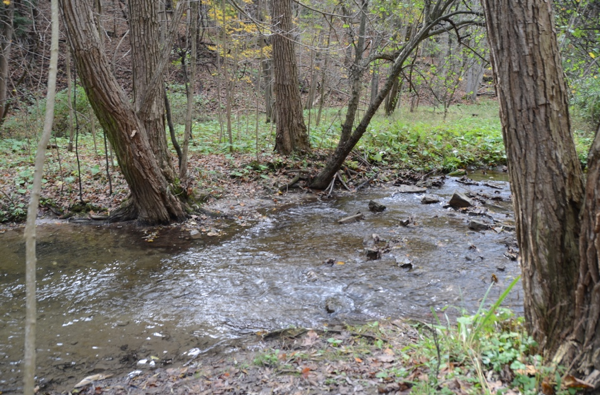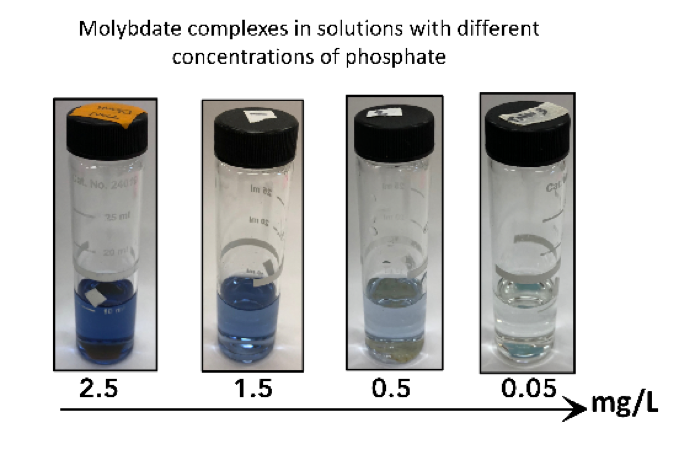

Become an URBAN volunteer! URBAN will monitor water quality and use biological indicators to represent water quality in streams and wetlands of the Hamilton region. Continuous water quality monitoring is essential in detecting potential threats to one of the world’s greatest fresh water resources, the Laurentian Great Lakes.

A healthy lake begins with healthy streams in the watershed, from the headwaters, to small and medium streams, to the rivermouth. As water flows over the land, it comes into contact with sediment and dissolved nutrients and carry them down-stream into larger tributaries, and finally into the lake. In this way, a lot of nutrients can accumulate from agricultural and urban land, eventually leading to development of toxic algal blooms. In severe episodes, the shoreline is smeared with green slimy algae that is inedible and which does not enter the food chain. When the massive algal mats die and decompose, sufficient oxygen in the lake is consumed all at once that it can lead to fish kills and avian die-offs.
To find solutions to these pernicious problems, we need to identify all sources of nutrients from tributaries draining into the lake. For large rivers such as the Grand, the largest Canadian tributary of Lake Erie, there are thousands of small and medium-size tributaries. Because of limited time and resources, many agencies carry out monitoring programs that favour larger streams. This does not, however, identify the activities on specific land parcels that are releasing nutrients. These smaller streams need to be identified so that management plans can be put into place to prevent further loss of nutrients.


A primary determinant of algal growth is phosphorus. Orthophosphate (or just phosphate) is the form that is readily used by algae and is soluble in water. In an unpolluted stream, phopshate is usually found in low to undetectible levels because it is easily assimilated by algae or bacteria and is usually in short supply in nature (5 to 50 µg/L). When the stream becomes polluted with an external source of phosphate (e.g. from sewage, or runoff from farms or lawns), it can be found in high concentrations. Therefore, a measurement of greater than 50 µg/L of phosphate may be an indicator of a polluted stream. One of the most common methods to measure orthophosphate in water is to let it react with chemicals containing molybdate to form a blue complex—the intensity of the blue colour is directly proportional to the concentration of phosphate in the sample. The method is said to measure Soluble Reactive Phosphorus (SRP), since the phosphate is soluble and reactive to molybdenum.
For research purposes, we measure the absorbance of a sample using a colorimeter or a spectrophotometer, and then use a standard curve that relates the absorbance to a known concentration of orthophosphate. Using this technique, we can measure phsophate accurately to less than 5 µg/L. We have also used the less expensive Nix sensor to record the red colour of the sample, and relate that value to the concentration of a water sample. Although this is less accurate, it is acceptable for screening sites that have unacceptably high concentrations of phosphate (i.e greater than 25 µg/L).